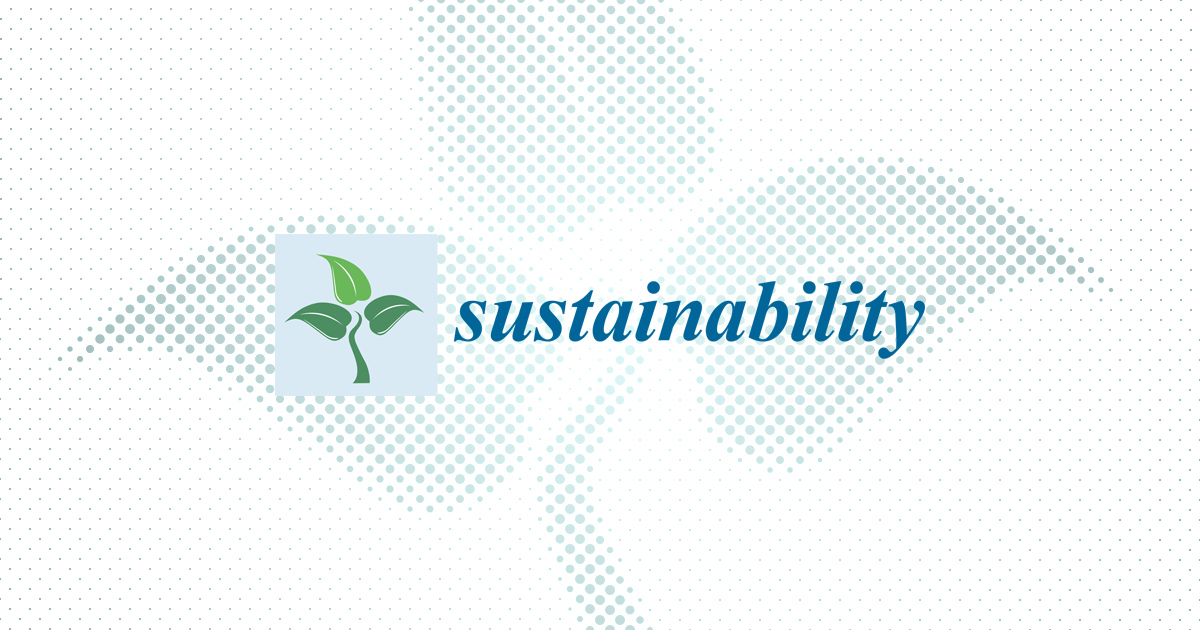In-depth analysis
February 11, 2025
Data source: China General Administration of Customs, Bloomberg L.P.
Slower oil demand growth in 2024 led to less crude oil processed by China’s refineries and fewer crude oil imports compared with the record high set in 2023. China, the world’s largest importer of crude oil, received 11.1 million barrels per day (b/d) in 2024, down from 11.3 million b/d in 2023. Even though total imports decreased about 2%, imports from some countries increased while others decreased.
Why did China’s crude oil imports decrease last year?
We estimate that 16.3 million b/d of petroleum and other liquid fuels were consumed in China last year, second only to the United States globally. China’s domestic crude oil production averaged 4.3 million b/d in 2024, so the country had to import crude oil to meet the demand from its domestic refined petroleum product and petrochemical manufacturing sectors. China’s refiners imported 11.1 million b/d of crude oil and processed 14.2 million b/d. Both crude oil imports and refinery runs decreased in China from record levels in 2023, when the country imported 11.3 million b/d of crude oil and processed 14.8 million b/d.
Net decreases in the consumption of transportation fuel (gasoline, diesel, and jet fuel) last year meant China’s refineries processed less crude oil. Monthly data from China’s National Bureau of Statistics and General Administration of Customs indicate that consumption of both gasoline and jet fuel grew in China during 2024, but consumption of diesel fuel offset this growth with a large decline from 2023. These estimates are preliminary and subject to revision until late 2025, when China publishes annual consumption data, which we use to update our International Energy Statistics.
Instead of transportation fuels, liquefied petroleum gases (LPG), naphtha, or other petroleum products that can be imported directly for petrochemical manufacturing instead of refined from crude oil have led China’s growth in petroleum consumption. As a result, the net decline in transportation fuel demand reduced both refinery runs and import demand for crude oil in China last year.
Which countries do China’s refiners import crude oil from?
China’s refiners purchase crude oil from dozens of countries, with Russia, Saudi Arabia, Iraq, Oman, and Malaysia being the largest sources. Imports from Malaysia increased significantly last year to 1.4 million b/d, which is more than Malaysia’s domestic crude oil production of around 0.6 million b/d. The large difference stems from crude oil cargoes that were initially shipped from Iran but were then relabeled or transferred to avoid sanctions.
Imports from Russia increased in 2024 for the third consecutive year and averaged 2.2 million b/d, 1% more than in 2023. China increased imports from Russia after the Group of Seven (G7) country import bans and sanctions limited Russia’s ability to sell crude oil after its full-scale invasion of Ukraine in 2022. These actions prompted Russia to sell some of its crude oil at discounted prices, making it more attractive to certain buyers.
On January 10, 2025, the United States announced additional sanctions on several oil vessels transporting crude oil from Russia. Because of potential disruptions from these actions, refiners in China may reduce purchases from Russia and replace those barrels with others from crude oil exporting countries not subject to sanctions, such as Brazil, Canada, the United States, or countries in the Middle East.
China’s second-largest source of crude oil imports was Saudi Arabia, although these imports decreased for the third consecutive year and averaged 1.6 million b/d, 9% less than in 2023.
Data source: China General Administration of Customs, Bloomberg L.P.
Note: Congo=Congo-Brazzaville
Imports from other Middle East OPEC countries including the United Arab Emirates (UAE) and Kuwait also declined, but imports from Iraq increased. Although small, crude oil imports from Canada increased, particularly in the second half of the year after the Trans Mountain expansion (TMX) project began commercial operations in May 2024. This pipeline expansion brings increased crude oil export capacity to Asia from Canada’s West Coast, which contributed to imports at more than 0.3 million b/d from Canada in September, an all-time high.
What factors will affect China’s crude oil imports and refining this year?
We forecast petroleum consumption in China will grow more slowly in 2025 and 2026 than in previous years in our latest Short-Term Energy Outlook. Because we expect growth in China’s consumption will outpace China’s domestic production of crude oil and other liquids, we believe net imports will increase. Last summer, we released a study on refinery capacity expansions in China and other countries through 2028. Several integrated refining and petrochemical complexes will open or expand over the next few years, suggesting crude oil imports will continue growing to meet feedstock demand from these facilities.
However, a tax change implemented in December 2024 creates considerable uncertainty for China’s petroleum trade balance this year. China reduced a value-added tax rebate offered on some petroleum product exports, which reduces their competitiveness in world markets. Depending on the effects of this change on Chinese refiners’ operations and profitability, refinery runs and crude oil imports could decline.
Data source: U.S. Energy Information Administration, Short-Term Energy Outlook, January 2025
Note: We forecast net imports as domestic consumption minus production.
Principal contributor: Jeff Barron
Source link
www.eia.gov







